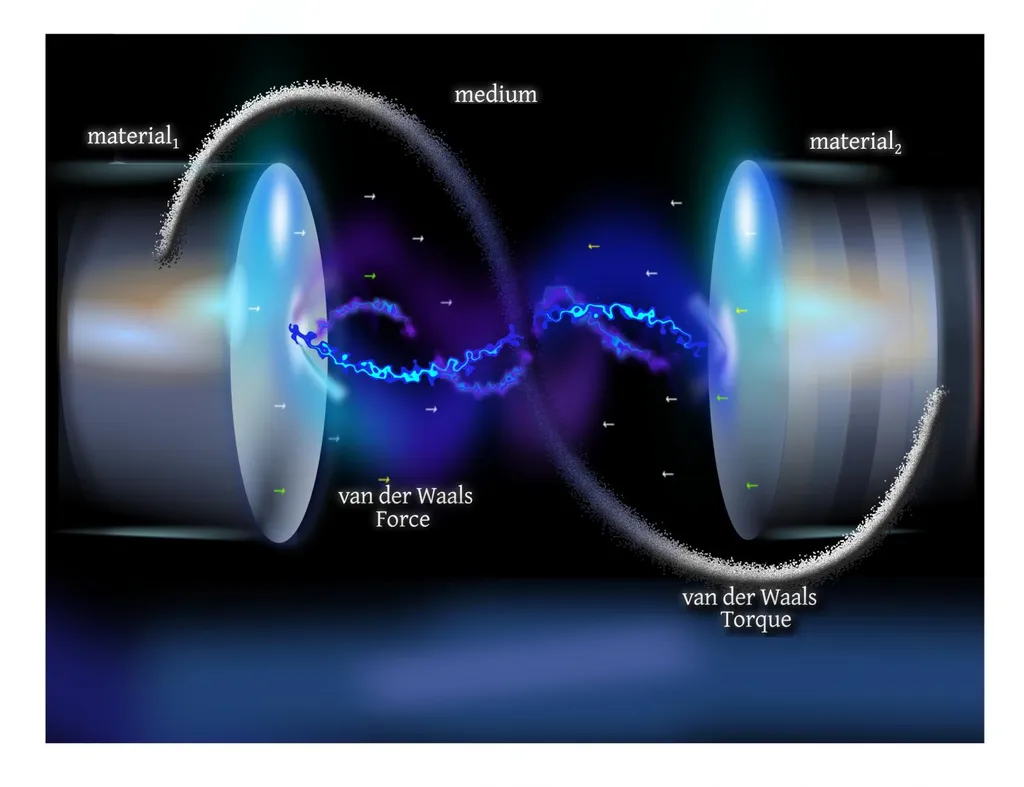In the realm of energy journalism, a recent study has emerged that could significantly impact the way we approach atomistic simulations in the energy sector. The research, led by Yuji Ikeda and his team at the Fritz Haber Institute of the Max Planck Society, introduces a novel method for creating machine-learning interatomic potentials (MLIPs) that achieve high accuracy for systems dominated by van der Waals (vdW) interactions.
Machine-learning interatomic potentials are tools that allow scientists to perform large-scale atomistic simulations at a reasonable computational cost, while still maintaining the accuracy of ab initio methods. However, most MLIPs are trained using density-functional theory (DFT), which often doesn’t reach the level of chemical accuracy needed for precise simulations. On the other hand, coupled-cluster methods, particularly CCSD(T), are considered the gold standard in computational chemistry due to their high accuracy. But they are rarely used for periodic systems because of their high computational cost.
The researchers developed a new approach called Δ-learning to overcome these challenges. This method combines a dispersion-corrected tight-binding baseline with an MLIP that’s trained on the differences between the target CCSD(T) energies and the baseline. This strategy allows for training on smaller molecular fragments while still maintaining the ability to transfer the learning to larger systems. By including vdW-bound multimers in the training set, the MLIP can capture dispersion interactions effectively. The result is a potential that yields root-mean-square energy errors below 0.4 meV/atom on both training and test sets, and accurately reproduces electronic total atomization energies, bond lengths, harmonic vibrational frequencies, and inter-molecular interaction energies for benchmark molecular systems.
The team applied this method to a prototypical quasi-two-dimensional covalent organic framework (COF) composed of carbon and hydrogen. They were able to analyze the COF structure, inter-layer binding energies, and hydrogen absorption at CCSD(T) accuracy. This research, published in Nature Communications, opens up a practical route to large-scale atomistic simulations that include van der Waals interactions with chemical accuracy, which could have significant implications for the energy industry, particularly in areas like materials science and hydrogen storage.
In practical terms, this research could lead to more accurate simulations of materials used in energy storage and conversion, such as batteries and fuel cells. It could also aid in the design of new materials with improved properties for these applications. The ability to perform large-scale simulations with high accuracy could accelerate the development of new energy technologies and improve our understanding of existing ones.
This article is based on research available at arXiv.

